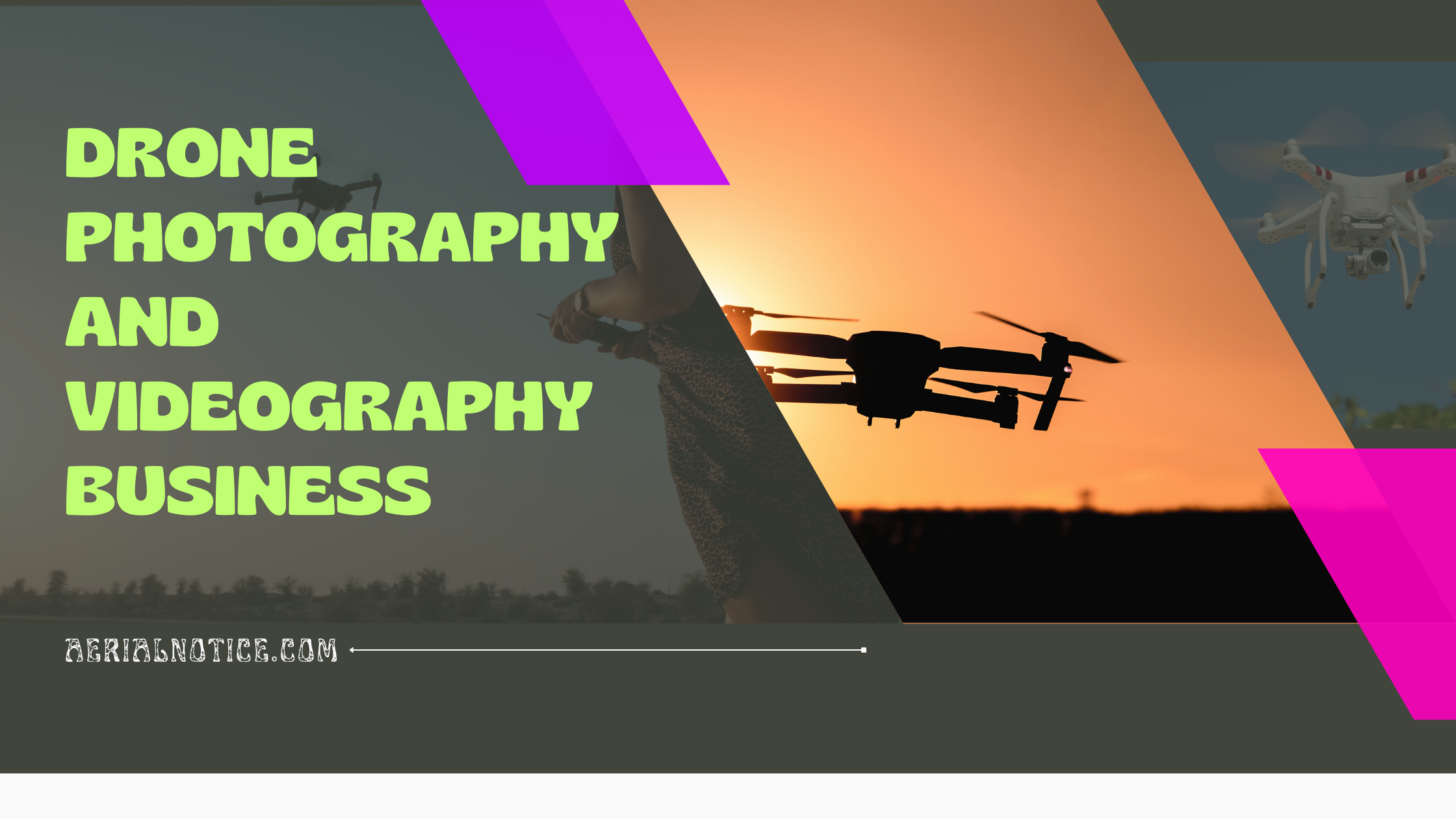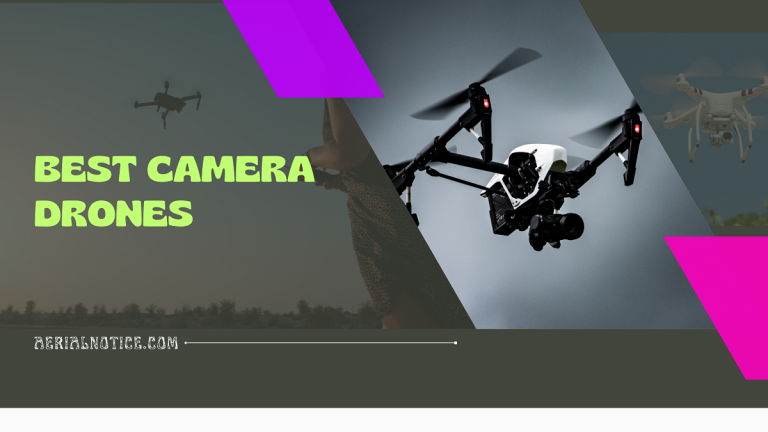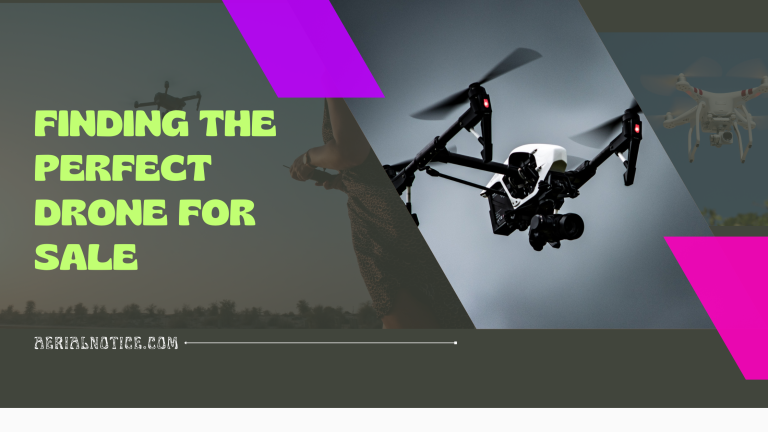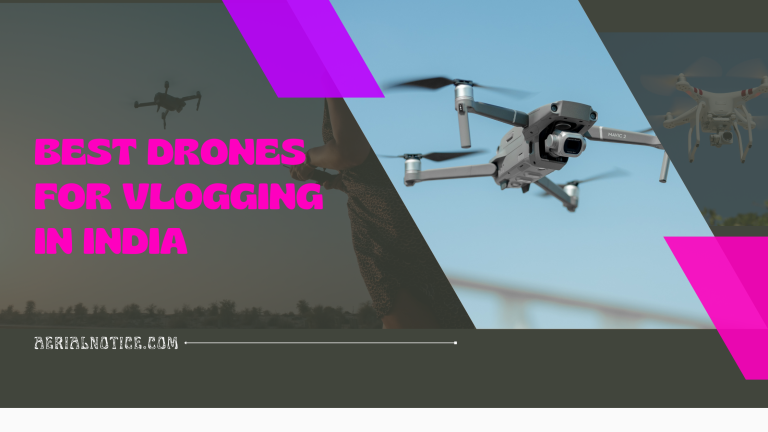All-in-One Guide to Start a Drone Photography and Videography Business
Drones have changed the aerial photography and videography industry single-handedly. Thanks to the advanced technology and the dropping of drone prices, starting a drone photography and videography business is easier than ever. You can survey the land and explore the hard-to-reach places for the cost of a simple drone.
But there is much more to becoming a professional drone photographer and videographer than buying a drone, snapping some shots, and selling the work you have done.
While the drones offer you the chance to capture some stunning aerial shots and help you to improve your portfolio, getting started can be a big challenge. That is why if you want to create your drone photography and videography business, you should follow these steps to push ahead of the competition and be successful.
1. Learn the Basics
This might look obvious, but learning the fundamentals about drones with cameras before beginning your company can be very helpful.
Drones can be very costly. Purchasing a great deal of cash into something that might not function how you expect may not be the best thought.
Though every drone will likely be different, here are some of the items all photography and videography drones ought to have:
Camera Gimbals:
A gimbal stabilizer keeps your drone camera stable in the vibrations that occur during the flight. This is the trick to grabbing high-quality aerial shots.
FPV:
FPV stands for the “First Person View,” describing the time your camera broadcasts live content for you since you fly the drone. Though it is generally used for drone racing, this feature is handy when you are attempting to catch a shot in mid-air.
GPS:
Like the GPS functionality you have in your smartphone, the drones have the means of determining their accurate position and relaying that information to the control. That is why you can always know where your drone reaches.
Flight Controller:
This is the part of the gear that is utilized to fly your drone. It should include the flight status information, a waypoint controller, a map overlay, live streaming, a manual flight controller, and long-lasting battery life.
Collision Avoidance:
This attribute can help your drone prevent crashing into things that look in its flight route.
2. Buy the Right Equipment
If you are genuinely trying to begin a drone photography and videography company, you will have to obtain a drone that might meet your requirements. You will want to determine whether you want a built-in or onboard camera. Drones with built-in cameras tend to be bigger and take lower-quality pictures generally. Drones enable you to connect the camera but are much easier to handle and shoot in higher resolutions.
Beginner drone photographers and videographers begin with a lightweight drone, which is not jam-packed using features. They are hardy and inexpensive.
Drone photography and videography are exercises. And it will be best if you familiarize yourself with a few vital drone accessories:
- Added drone batteries, as the drones usually fly between 10-25 minutes before perishing
- Propeller guards to prevent the harm from becoming too near things
- SD cards so that you never run out of memory while shooting outside
- Landing pad so that you can protect your drone when you are finished
- LED lights for the night flights
3. Learn to Fly
You can only expect to catch worthy shots if you understand how to fly your drone correctly.
In the beginning, assessing the craft of aerial shooting can allow you to develop your skills and secure much more clients and sales in the long run.
Here are some Helpful Suggestions to get started:
- Read the manual so that you can understand how everything is supposed to function
- Configure your maneuvering settings
- Examine the camera configurations in every session
- Make sure that you research how to use these shared features:
- Smartphone feed so that you can see exactly what you are shooting
- Smart mode to aid with the stabilizing shots in windy or in shaky situations
- Tracking so that you can capture the components in each shot
4. Update Yourself on the Laws
Numerous locations have strict rules concerning drones, their flight patterns, and the kinds of pictures they can catch. Understanding where you can fly your drone can allow you to avoid fines.
It is essential to know that taking shots using a drone for private use is fine. But if you are planning on using the photos you catch for commercial usage, then you will want the assistance of professionals to be sure that you are not breaking any national rules.
Additional Legal Considerations
You might also consider doing the following to protect yourself:
Buy Drone Insurance: This will not only protect you from injuries, but it can also give you priority over those.
Get a Flying License: To put it differently, if you are earning money with the drone, you should receive a license.
5. Prepare a Pre-Flight Checklist
Developing a pre-flight checklist might be critical. Here are a few of the essential items that you can add to your pre-flight checklist:
- Flying Area
- Surroundings
- Weather Requirements
- Battery Life
- Drone Settings
- Propellers
- Drone Camera
- Controls
6. Remember Some Tips and Tricks
For capturing the very best aerial shots, you could:
- Start taking pictures before you hit on the sweet spot to ensure that you have the photograph you need
- Constantly watch your battery life
- Know about the sun to stop undesirable shadows or warped images
- Aim to shoot the items straight in front of the camera
- Experiment with the long exposure
7. Work on the Business Side of Things
- Study the Competition
- Create a Portfolio
- Boost Your Business
- Networking
And there you have it. We hope you have enjoyed our ultimate guide to starting a drone photography and videography business.






